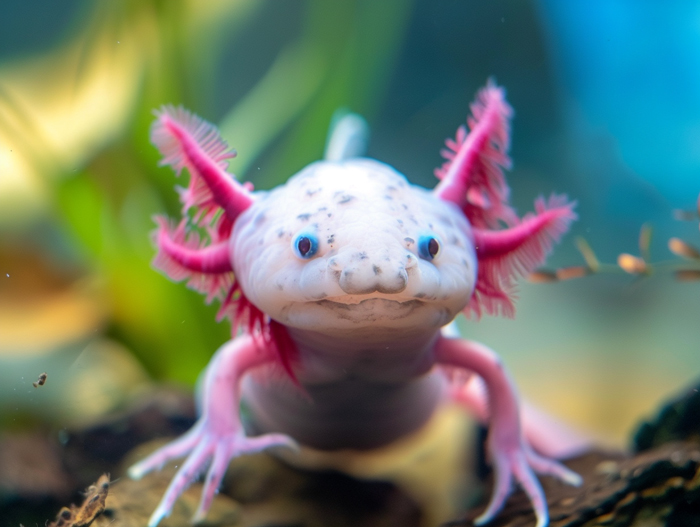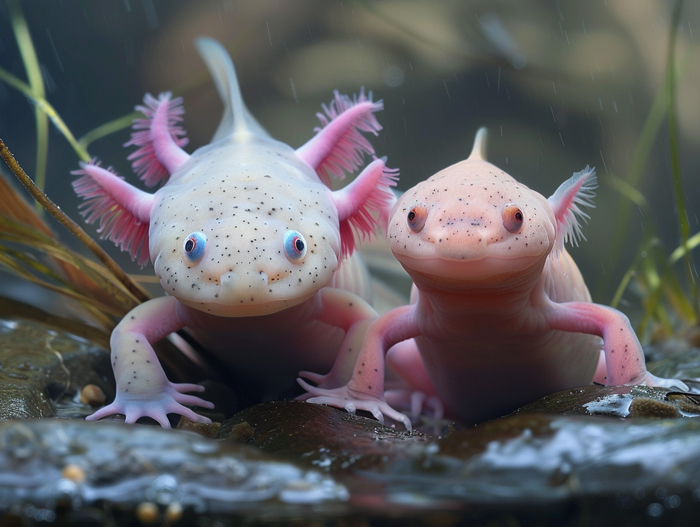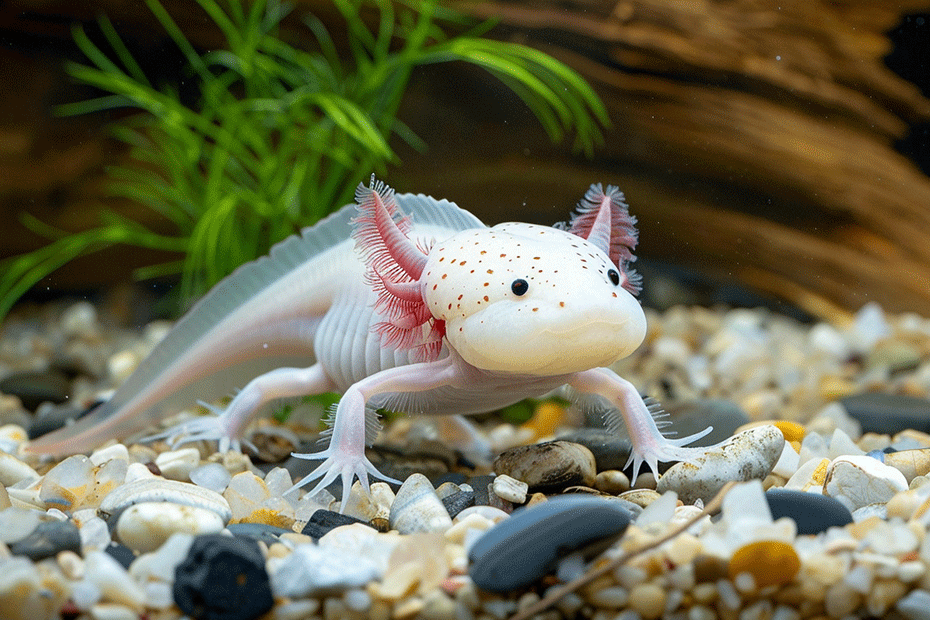Are you curious to know if axolotls are considered salamanders? Axolotls, with their unique appearance and fascinating regenerative abilities, often spark this question. These aquatic creatures have captured the interest of many due to their distinct characteristics and mysterious nature.
Axolotls belong to the Ambystoma genus, which also includes various species of salamanders. Even though their similarities, axolotls are distinct in their own right, known for retaining their juvenile features into adulthood. Understanding the relationship between axolotls and salamanders can provide insight into the diverse world of amphibians and the intriguing adaptations they possess.
Key Takeaways
- Axolotls belong to the Ambystoma genus, which includes various species of salamanders, but they have unique characteristics like neoteny and impressive regenerative abilities that set them apart.
- These aquatic creatures primarily inhabit freshwater lakes in Mexico and are critically endangered in the wild due to threats like habitat loss and pollution.
- Axolotls have external gills, elongated bodies with stubby legs, come in various colors, are nocturnal hunters, display regenerative abilities, and have a docile nature, making them fascinating pets.
- The key differences between axolotls and salamanders lie in their life stage, habitat, regenerative abilities, popularity as pets, but they both belong to the order Caudata in the class Amphibia.
Are Axolotls Salamanders?

Axolotls belong to the Ambystoma genus, which includes various species of salamanders. Although axolotls are salamanders, they have unique characteristics that set them apart. Here’s why:
- Retention of Juvenile Features: Axolotls are distinct for retaining juvenile features into adulthood, a phenomenon known as neoteny. This means that they do not undergo metamorphosis like most salamander species.
- Regenerative Abilities: Axolotls have remarkable regenerative abilities, being able to regrow lost limbs, tails, and even parts of their brains. This sets them apart from many other salamander species.
- Habitat: Axolotls primarily inhabit freshwater lakes and canals in Mexico, whereas many other salamander species are found in a variety of terrestrial habitats across the world.
- Threatened Species: The wild axolotl population faces numerous threats, including habitat loss, pollution, and the introduction of non-native species. This has led to the axolotl being critically endangered in the wild.
To conclude, while axolotls are indeed a type of salamander, their neotenic characteristics and extraordinary regenerative abilities make them a unique and fascinating species worth studying and protecting.
Characteristics of Axolotls

Physical Features
- Unique: Axolotls have external gills that resemble feathery headdresses and elongated bodies with stubby legs.
- Neoteny: They retain larval traits like external gills into adulthood, distinguishing them within the salamander family.
- Color Variation: These amphibians come in various shades including white, black, grey, gold, and brown due to genetic mutations and environmental factors.
- Docile Nature: Axolotls are known for their peaceful temperament and are often kept as pets due to their low maintenance needs.
- Nocturnal: They are primarily active at night, hunting for small prey like worms, insects, and small fish.
- Regenerative Abilities: Axolotls exhibit remarkable regenerative powers, being able to regrow lost limbs and even parts of their brain.
Axolotl vs. Salamander

Key Differences
- Life Stage: Axolotls are perpetual larvae, retaining gills and aquatic features even as adults, while salamanders typically undergo metamorphosis into terrestrial forms.
- Habitat: Axolotls are fully aquatic, dwelling exclusively in freshwater, whereas salamanders can inhabit both land and water.
- Regenerative Abilities: Axolotls possess unparalleled regenerative capabilities, being able to regrow limbs, organs, and even parts of their brain, a trait less prominent in salamanders.
- Popularity: Axolotls are often kept as pets due to their unique appearance and behavior, while salamanders are less commonly domesticated.
- Order: Both axolotls and salamanders belong to the order Caudata within the class Amphibia.
- External Characteristics: They share common salamander features such as long bodies, smooth skin, and tails.
- Ecological Role: Axolotls and salamanders play vital roles in ecosystems as predators controlling insect populations and contributing to aquatic biodiversity.
- Threats: Both face habitat loss, pollution, and other threats leading to endangered status in the wild.
Remember, understanding the distinctions and resemblances between axolotls and salamanders enhances your appreciation for these fascinating amphibians.
Conclusion
Axolotls and salamanders may share similarities in their external appearance and ecological roles, but their differences are what truly set them apart. From their distinct life stages to their regenerative abilities and popularity as pets, each species offers a unique charm. Axolotls, with their perpetual larval stage and remarkable regenerative capabilities, have captured the hearts of many as beloved pets. On the other hand, salamanders undergo metamorphosis and play a vital role in the ecosystem. By understanding these distinctions, you can gain a deeper appreciation for these fascinating amphibians and the important roles they play in the natural world.

Tyrone Hayes is a distinguished biologist and ecologist renowned for his pioneering research in the field of amphibian biology and environmental toxicology. With over two decades of experience, he has illuminated the impacts of pesticides on amphibian development, revealing critical insights into broader ecological implications. Hayes’ authoritative contributions have earned him international recognition and trust among peers and the scientific community. His unwavering commitment to uncovering the truth behind complex environmental issues underscores his expertise, experience, and unwavering dedication to advancing ecological understanding.
